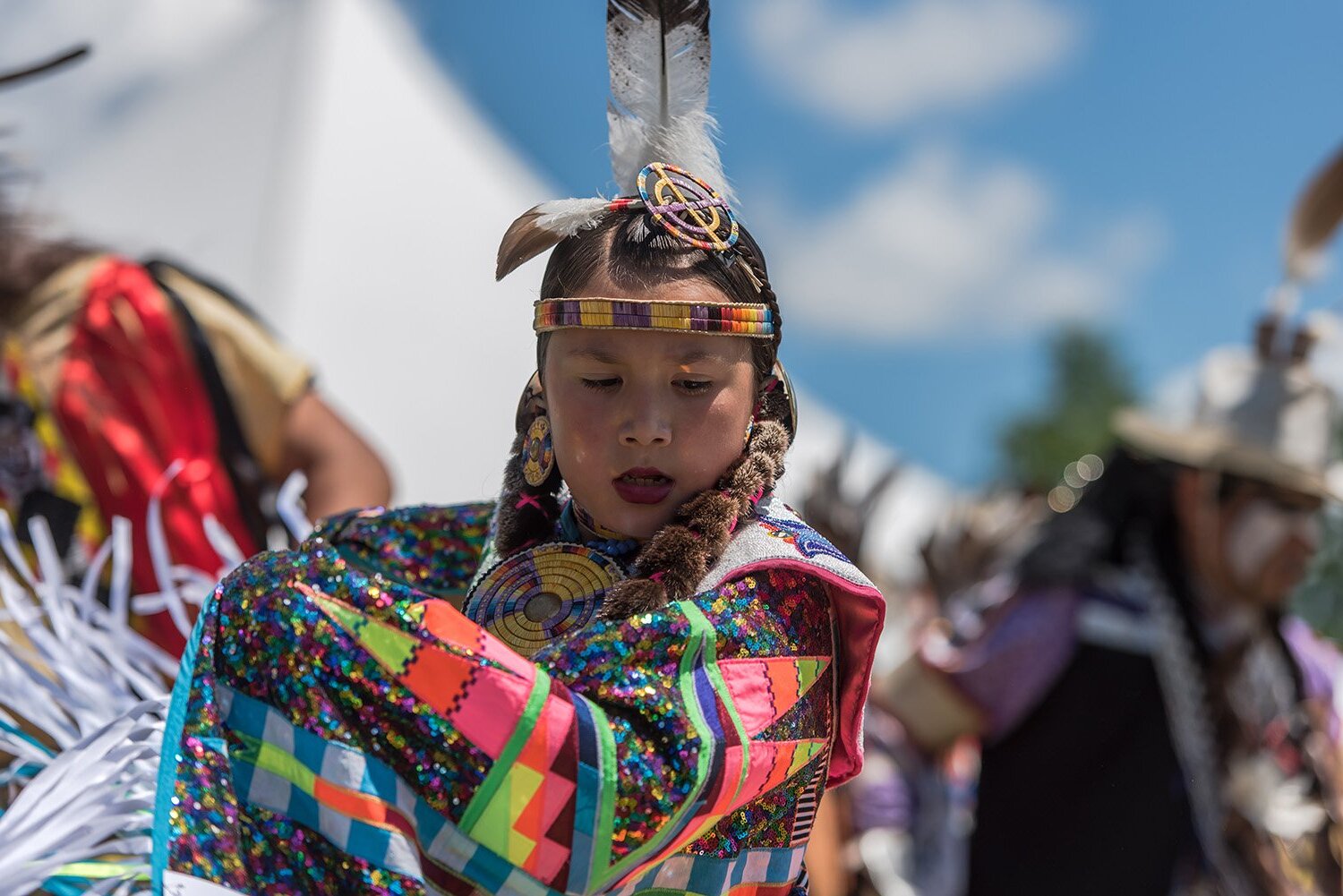
Curious about the Pomo Tribe? You're in the right place! The Pomo people, native to Northern California, have a rich history and vibrant culture. Known for their intricate basket weaving, they crafted some of the most beautiful and functional baskets in North America. Their traditional lands spanned from the Pacific coast to inland valleys, offering a diverse environment that shaped their way of life. The Pomo were skilled fishers, hunters, and gatherers, relying on the abundant natural resources around them. They also had a unique social structure and spiritual beliefs deeply connected to nature. Ready to learn more? Let's dive into 29 fascinating facts about the Pomo Tribe!
Who Are the Pomo Tribe?
The Pomo tribe, native to Northern California, has a rich history and culture. Known for their basket weaving and unique traditions, they have lived in harmony with nature for centuries. Here are some fascinating facts about the Pomo people.
-
The Pomo tribe originally inhabited areas around Clear Lake, the Russian River, and the Pacific Ocean in Northern California.
-
They are renowned for their intricate basket weaving, creating some of the most beautiful and complex baskets in the world.
-
Pomo baskets were often made from willow, sedge roots, and bulrushes, showcasing their deep knowledge of local plant life.
-
The name "Pomo" means "those who live at red earth hole," referring to their traditional lands rich in red clay.
Pomo Lifestyle and Culture
The Pomo people have a unique way of life that reflects their deep connection to the land and their community. Their customs and traditions are a testament to their resilience and creativity.
-
They lived in small, family-based villages, each with its own chief and shaman.
-
Pomo homes, called "kotchas," were made from redwood bark or tule reeds, providing shelter and warmth.
-
The Pomo diet consisted mainly of acorns, fish, and game, supplemented by wild plants and berries.
-
They practiced a form of animism, believing that all natural objects had spirits.
-
Pomo ceremonies often involved elaborate dances, songs, and rituals to honor their deities and spirits.
Pomo Art and Craftsmanship
Art and craftsmanship are integral to Pomo culture. Their skills in creating beautiful and functional items are admired worldwide.
-
Pomo artists are famous for their feathered baskets, adorned with colorful feathers from local birds.
-
They also crafted intricate beadwork, using shells, stones, and bones to create stunning jewelry and decorations.
-
Pomo men were skilled hunters and fishermen, using tools like bows, arrows, and fishing nets.
-
Women were the primary basket weavers, passing down their techniques through generations.
Pomo Language and Communication
Language is a vital part of any culture, and the Pomo people have their own unique linguistic heritage.
-
The Pomo language family consists of seven distinct languages, each spoken by different Pomo groups.
-
These languages are part of the Hokan language family, one of the oldest language families in North America.
-
Efforts are being made to revive and preserve the Pomo languages, which are at risk of extinction.
Pomo Social Structure and Governance
The social structure of the Pomo tribe was well-organized, with clear roles and responsibilities for each member of the community.
-
Chiefs were responsible for making important decisions and leading the tribe in times of peace and conflict.
-
Shamans played a crucial role in Pomo society, acting as healers and spiritual leaders.
-
Pomo society was matrilineal, meaning descent and inheritance were traced through the mother's line.
Pomo Interaction with Nature
The Pomo tribe's relationship with nature was one of respect and sustainability. They used natural resources wisely and ensured their environment remained healthy.
-
They practiced controlled burning to manage the land and encourage the growth of certain plants.
-
Pomo people used natural dyes from plants and minerals to color their baskets and clothing.
-
They had extensive knowledge of medicinal plants, using them to treat various ailments.
Pomo History and Challenges
The history of the Pomo tribe is marked by both triumphs and challenges. Despite facing numerous obstacles, they have managed to preserve their culture and traditions.
-
The arrival of European settlers in the 19th century brought significant changes and hardships to the Pomo people.
-
Many Pomo were forced off their land and onto reservations, disrupting their traditional way of life.
-
Despite these challenges, the Pomo have maintained a strong sense of identity and continue to celebrate their heritage.
Pomo Contributions and Legacy
The Pomo tribe has made significant contributions to the cultural and historical tapestry of California. Their legacy continues to inspire and educate.
-
Pomo basketry is considered one of the finest examples of Native American art, with pieces displayed in museums worldwide.
-
They have contributed to the understanding of sustainable living practices through their traditional ecological knowledge.
-
Pomo stories and legends provide valuable insights into their worldview and cultural values.
-
Today, the Pomo people continue to advocate for their rights and work towards the preservation of their culture and language.
The Pomo Tribe's Legacy
The Pomo Tribe has a rich history filled with unique traditions and cultural practices. Their basket weaving skills are legendary, with intricate designs that tell stories and serve practical purposes. The Pomo people have always had a deep connection to nature, using local resources for food, medicine, and tools. Their language and oral traditions have been passed down through generations, preserving their heritage.
Despite facing challenges over the years, the Pomo have shown resilience and adaptability. They continue to celebrate their culture through festivals, storytelling, and art. Learning about the Pomo Tribe not only gives us insight into their way of life but also reminds us of the importance of preserving indigenous cultures.
Understanding the Pomo's contributions and struggles helps us appreciate the diversity and richness of human history. Their legacy is a testament to the enduring spirit of indigenous communities.
Was this page helpful?
Our commitment to delivering trustworthy and engaging content is at the heart of what we do. Each fact on our site is contributed by real users like you, bringing a wealth of diverse insights and information. To ensure the highest standards of accuracy and reliability, our dedicated editors meticulously review each submission. This process guarantees that the facts we share are not only fascinating but also credible. Trust in our commitment to quality and authenticity as you explore and learn with us.


